Knitting the first sock is fun… Knitting the second can be less so…
Watching the pattern unfold while knitting the first sock is fascinating. However, knitting the second sock can seem to take longer than knitting the first sock and feel like more of a chore.
Hence ‘onesockitis’ or ‘second sock syndrome’ can strike even the keenest sock knitter, mainly because you can’t wait to see how the next sock pattern will look. The answer is to Knit Both Socks at the Same Time.
If this is your first pair of socks or if you intend to try a new stitch pattern, heel or toe technique you will find this a particularly useful way of knitting a pair of socks, although, you’ll need two sets of double-pointed needles.
One of the best ways of overcoming this is to cast on both socks at the same time. The easiest way to do this is to wind the ball of sock yarn into two 50g balls. With care, it is possible to have both socks starting at the same point in the colour repeat. You will find that the strong desire to see how the first sock looks when finished will carry you through the knitting of the second.
I normally work in sections. Have both socks at the same point of construction before moving to the next step.
- Knit both cuffs
- Knit both leg sections
- Knit both heels
- Turn both heels
- Knit gusset in a heel flap/turned heel sock. Go straight to step 6 if knitting a short row heel or strong heel.
- Knit both foot sections
- Knit both toes.
Knitting two socks simultaneously are particularly useful if you are knitting a short row heel. You can work the back of the heel for the first sock and then do the same for the second sock. This means that you remember everything that you have done and that you will have both socks looking the same.
It is exciting to think that when I finish the toe of the first sock I will only have the toe of the second sock to knit before I can wear the new pair.
The interesting thing is that I always feel it takes less time to knit a pair of socks this way than knitting them one at a time. This is probably because when I finish the second toe I have a new pair to wear whereas when I knit them separately, they usually end up as a single sock for some time before I knit the second.
It also helps that you are working the heels and toes at the same time, so that they turn out identical, especially if you like tweaking the patterns while you knit as I normally do. This is a particular problem when I forget to note down the changes I have made to the pattern. It is so frustrating when this happens, I’ve finished the first sock, and a couple of weeks later I’m knitting the second sock and I can’t quite remember what I did when I was knitting the first one.
Do tell me how you deal with second sock syndrome.

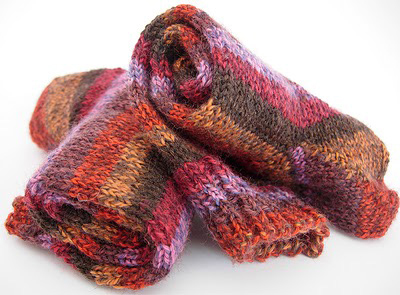
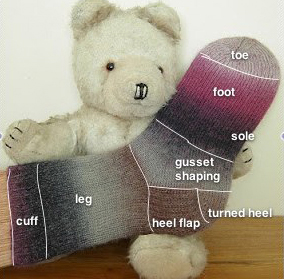
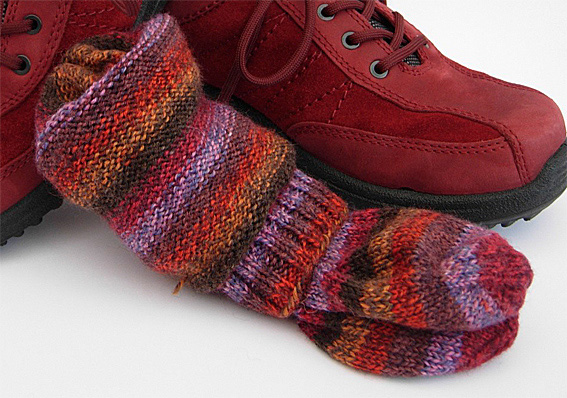
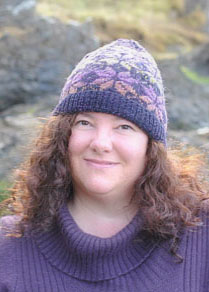
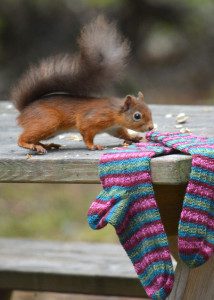
Hi there! I’ve really enjoyed your instructions. I made my first pair of socks by knitting two at a time – a really slick way of making sure that the socks wind up the same. Whether right or wrong at least they’re identical, right? My Cinderella socks haven’t found their prefect foot yet but I enjoyed every knit and purl that went into them! I’m just finishing my first single sock and used your instruction to get me through the hard parts. Thank you, Nicolette!
Glad that the information was helpful.